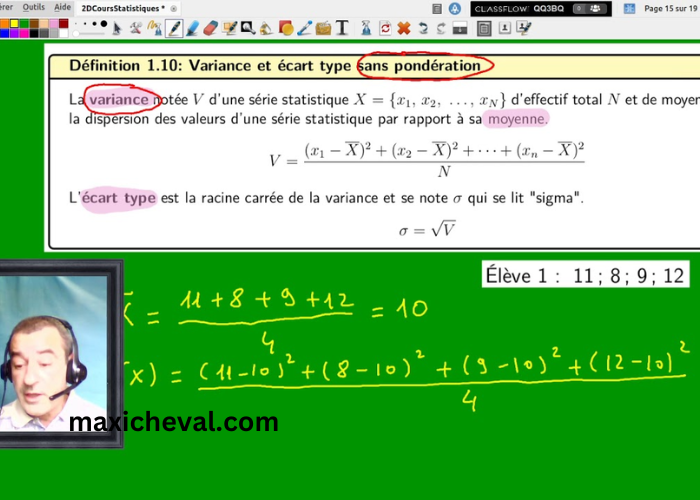In the realm of turf betting, where precision and analysis are paramount, terms like “Ecart 10 12” hold significant weight. For seasoned punters and newcomers alike, comprehending the nuances of such terms can make a world of difference in making informed betting decisions. This guide aims to demystify “Ecart 10 12,” exploring its meaning, relevance, and how it shapes strategies in turf betting.
What is “Ecart 10 12”?
“Ecart 10 12” refers to a statistical concept used in horse race betting, particularly in turf or grass track events. It represents the difference in performance (time or length) between a horse’s last 10 races and its 12th previous race. This metric serves as an indicator of a horse’s consistency and improvement over its recent form.
How “Ecart 10 12” is Calculated
To calculate “Ecart 10 12,” one analyzes the times or lengths of a horse’s performances in its last 10 races and compares them to its performance in its 12th previous race. The difference between these performances provides insights into whether the horse has been improving, declining, or maintaining its form leading up to the current race.
Importance in Turf Betting
In turf betting, where punters aim to predict outcomes based on various factors, “Ecart 10 12” offers a quantitative measure of a horse’s form trajectory. Here’s why it matters.
- Form Analysis: Punters use “Ecart 10 12” to gauge a horse’s recent form. A decreasing Ecart suggests improving performance, indicating that the horse is likely in good shape. Conversely, an increasing Ecart might signal declining form, influencing betting decisions accordingly.
- Consistency Check: Consistency is key in turf betting. A horse with a consistently low Ecart across its recent races indicates reliability and predictability, factors that bettors favor when assessing race outcomes.
- Predictive Value: While past performance is not always indicative of future results, “Ecart 10 12” provides a statistical basis for predicting a horse’s potential performance in an upcoming race. It serves as one of the many tools in a bettor’s arsenal to make informed judgments.
Using “Ecart 10 12” Effectively
To leverage “Ecart 10 12” effectively in turf betting, consider the following strategies.
- Contextual Analysis: Don’t rely solely on Ecart numbers; understand the conditions under which races were run. Factors like track conditions, distance variations, and competition level can influence a horse’s performance.
- Comparison Across Competitors: Compare the Ecarts of different horses in a race to identify potential contenders. A horse with a significantly lower Ecart than its competitors might have a competitive edge.
- Long-term Trends: Track Ecarts over a longer period to identify trends in a horse’s performance. Patterns such as consistent improvement or sudden declines can provide valuable insights into future betting opportunities.
Case Study: Applying “Ecart 10 12” in Practice
Consider a scenario where Horse A has shown a decreasing Ecart in its recent races, indicating improving form. Horse B, on the other hand, has a fluctuating Ecart with a recent increase, suggesting inconsistency. In this case, punters might favor Horse A as it demonstrates more reliable form leading into the race.
Conclusion
“Ecart 10 12” is more than just a statistical measure; it is a tool that empowers turf bettors to make educated predictions. By understanding a horse’s recent performance trends through Ecarts, punters can enhance their analysis and decision-making processes. Whether you’re a novice exploring turf betting or an experienced bettor refining your strategies, integrating “Ecart 10 12” into your toolkit can significantly improve your chances of success in the exciting world of horse race betting.




